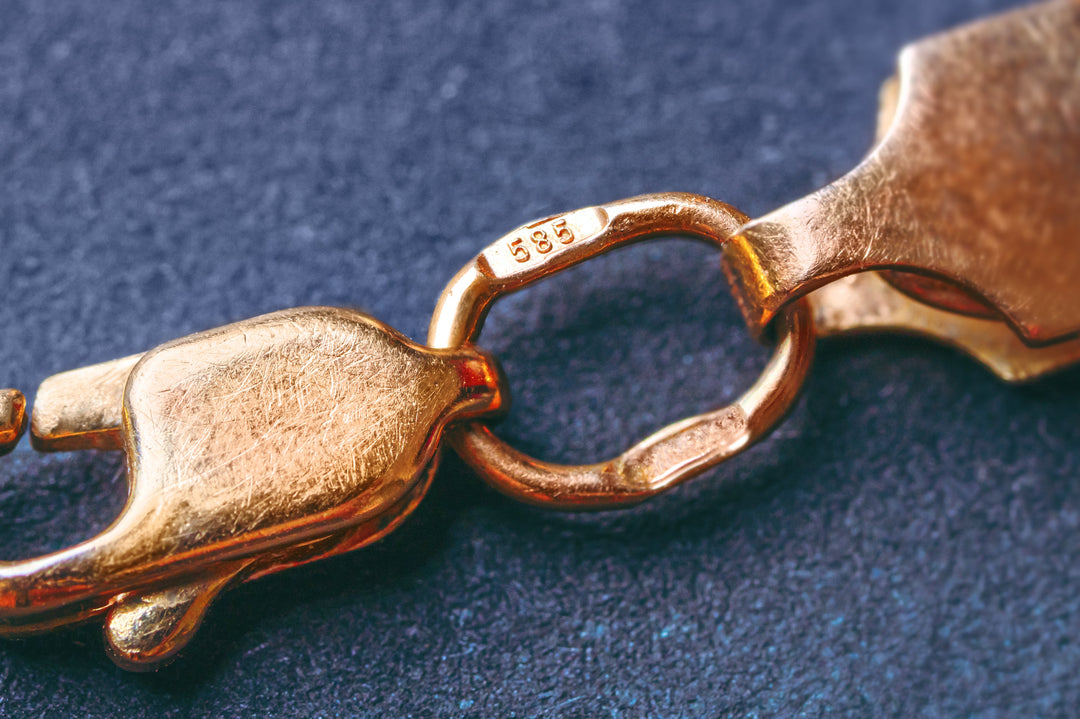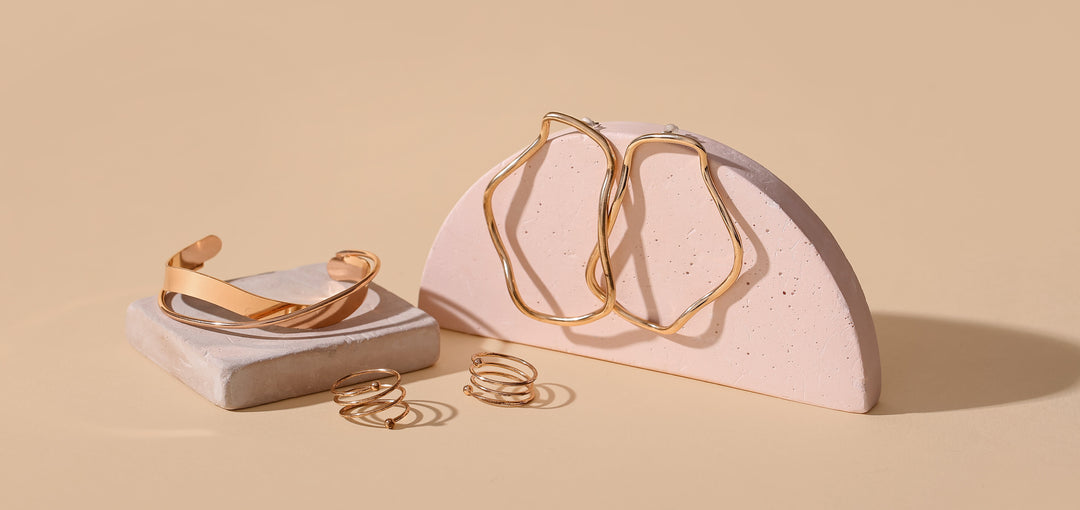Are Lab Grown Diamonds and Moissanite the Same?
When shopping for fine jewelry, particularly for engagement rings, it’s common to come across two popular alternatives: lab-grown diamonds and moissanite. Although these two gemstones are often mentioned together, they are not the same. In this blog, we’ll explore the differences between lab-grown diamonds and moissanite to help you decide on your next jewelry purchase at Nelson Coleman Jewelers.
Composition and Structure
Lab-grown diamonds and moissanite differ significantly in their composition.
Lab-grown diamonds are made almost entirely of carbon atoms, arranged in the same crystalline structure as natural diamonds. This makes them chemically, physically, and optically identical to the unaided eyes as diamonds formed in nature. The processes used to create lab-grown diamonds, such as HPHT (High-Pressure High Temperature) replicate the natural conditions under which diamonds are formed. It is important to note that Chemical Vapor Deposition(CVD)-grown diamonds do not replicate how natural diamonds form. Natural diamonds do not form out of the deposition of carbon atoms.
Moissanite, however, is composed of silicon carbide, a completely different material. It was originally discovered in meteorites and is now grown in labs for commercial use. While it is a hard and brilliant gemstone, it does not share the same atomic structure as diamonds.
Making the Choice
If you want a gemstone that is a diamond in every sense—chemically and structurally—then lab-grown diamonds are the way to go. Moissanite might suit your needs if you're comfortable with a visually similar alternative that offers beauty and affordability.
Appearance: Brilliance and Fire
Lab-grown diamonds and moissanite sparkle, but their light performance differs due to their refractive indices.
Lab-grown diamonds have a refractive index of 2.42, the same as natural diamonds. This allows them to perform light in a way that creates the classic, elegant brilliance and fire that diamonds are known for. Moissanite, with a higher refractive index of 2.65 to 2.69, refracts more light. While some people enjoy this extra dazzle, others find it too flashy compared to the refined sparkle of a diamond.
Making the Choice
If you prefer the subtle, timeless sparkle of a diamond, lab-grown diamonds are your best choice. If you're after a gemstone with more intense sparkle and don't mind the difference in light behavior, moissanite may appeal to you.
Durability and Hardness
Durability is essential for engagement rings and fine jewelry, and here is how both stones compare:
Lab-grown diamonds score a perfect 10 on the Mohs scale of hardness, making them the hardest known material. This means they are highly resistant to scratching and wear, ensuring they will last a lifetime, even with daily wear.
Moissanite is also a very hard gemstone, scoring 9.25 on the Mohs scale. While it is durable, it is not as hard as a diamond, making it more susceptible to scratching over time.
Making the Choice
If you're looking for long-term durability, especially for everyday wear, lab-grown diamonds offer the best resilience. Moissanite is still a strong option but may not be as durable in the long run.
Value and Price
Price is one of the most significant differences between lab-grown diamonds and moissanite.
Lab-grown diamonds typically cost as much as 90% less than natural diamonds, but they are still more expensive than moissanite due to their nearly identical properties to natural diamonds.
Moissanite is significantly more affordable than both lab-grown and natural diamonds, making it an excellent budget-friendly option. However, moissanite generally holds little to no resale value.
Making the Choice
If you're prioritizing long-term value and authenticity, a lab-grown diamond is the better choice with current market trends. However, if you're looking for a more affordable option with plenty of sparkle, moissanite offers significant savings without compromising on beauty.
Authenticity: Real vs. Simulant
Lab-grown diamonds and moissanite differ significantly in terms of authenticity.
Lab-grown diamonds are graded by reputable institutions such as the Gemological Institute of America (GIA) or the International Gemological Institute (IGI).
Moissanite is a diamond simulant. It mimics the look of a diamond but is not chemically or structurally the same. While beautiful, it does not carry the same long-term value or prestige as a real diamond.
Making the Choice
If authenticity and owning a diamond are important to you, then lab-grown diamonds are the ideal choice. However, if you are comfortable with a diamond simulant that offers a similar aesthetic at a lower price, moissanite is a great option.
Conclusion: Which Gemstone Should You Choose?
Choosing between lab-grown diamonds and moissanite depends largely on your priorities, budget, and preferences.
If you’re looking for a diamond with all the traditional characteristics of brilliance, and durability, lab-grown diamonds are the perfect choice.
For those seeking a beautiful, affordable alternative, moissanite offers plenty of sparkle at a fraction of the cost.
At Nelson Coleman Jewelers, we understand that every client has unique needs and preferences. Whether you choose a lab-grown diamond for its authenticity or moissanite for its affordability and flash, we’re here to help guide you through the process. Visit Nelson Coleman Jewelers to explore our selection and consult with our knowledgeable team, who are ready to help you make an informed decision and find the perfect piece to cherish for years to come.




